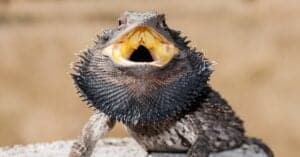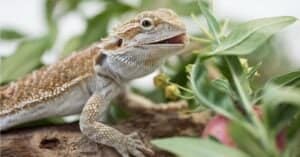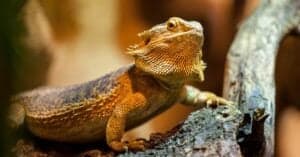Bearded dragons, also known as pogona, are one of the most popular lizard pets around the world. They have a wild yet cute appearance, impressive intelligence, and a pretty cool name to go along with that. Most owners dotingly call them “beardies” and there is no denying their vivaciousness.
Below are 10 incredible facts you probably didn’t know about bearded dragons.
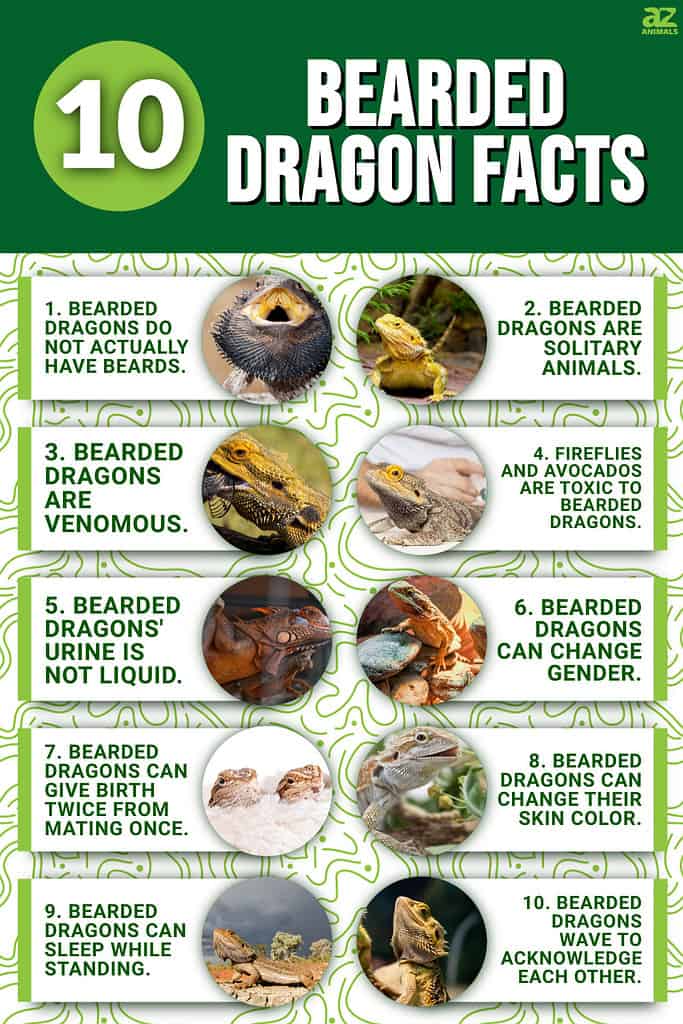
1. Bearded Dragons Do Not Actually Have Beards
While widely known as the bearded dragon, this reptile does not actually have a beard — at least not in a human sense. If you get a close look, you won’t find facial hair or anything of the sort. However, it does have scales around its neck, which is its own version of a beard. And as opposed to human society, both males and females have beards.
These scaly beards can serve as a form of defense against predators. When a bearded dragon feels threatened, it raises its chin and flares its scales out making it look bigger than it actually is.
The bearded dragon also deploys its beard as part of a mating call, in which it morph into a dark color. This is when they look remotely like actual human beards primarily because of the color.
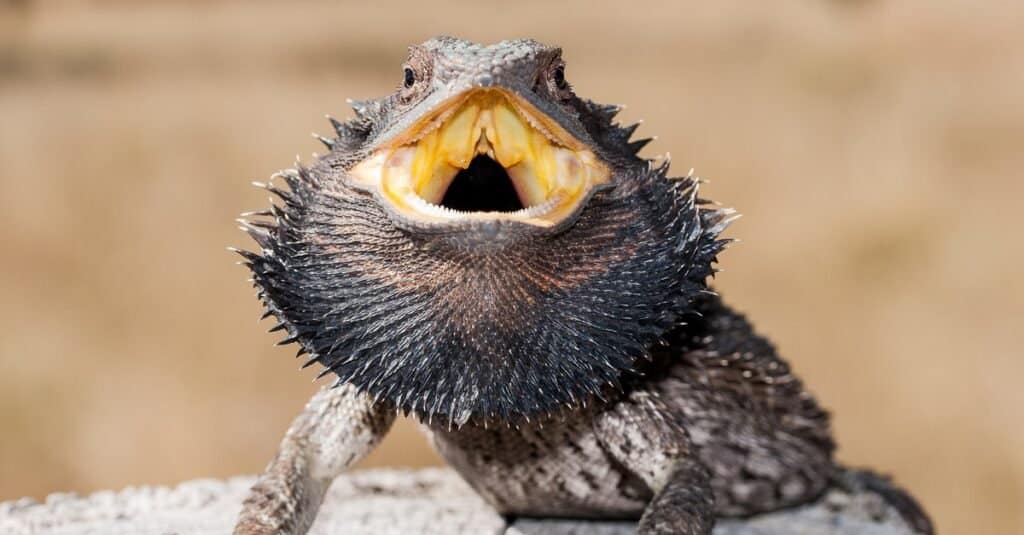
Bearded dragons have scales around their necks, which is their own version of beards.
©Ken Griffiths/Shutterstock.com
2. Bearded Dragons Are Solitary Animals
Bearded dragons are one of those animals that like to be by themselves and are fine all alone. They only interact with other beardies during mating seasons and once mating is over, they return to their spaces to be by themselves. It doesn’t get any more solitary than that, does it?
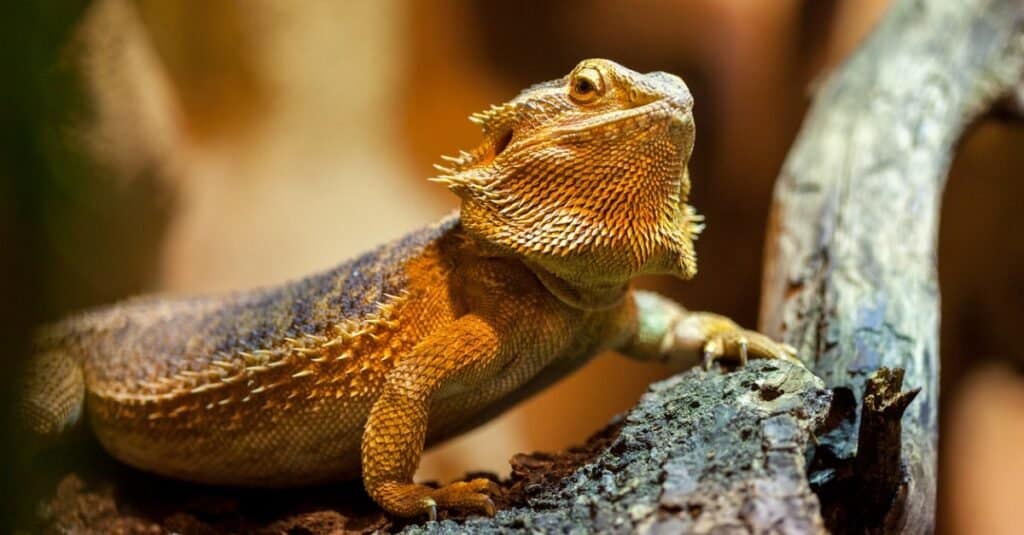
The only time bearded dragons interact with other members of their species is during mating season.
©iStock.com/huettenhoelscher
3. Bearded Dragons Are Venomous
Truth is, bearded dragons are venomous, however, their venom has no harmful effect on humans. That pretty much explains why they remain one of the most loved pets in Europe and North America.
Their venom is mostly harmful to the insects they prey on and is largely innocuous to humans and many other animals.
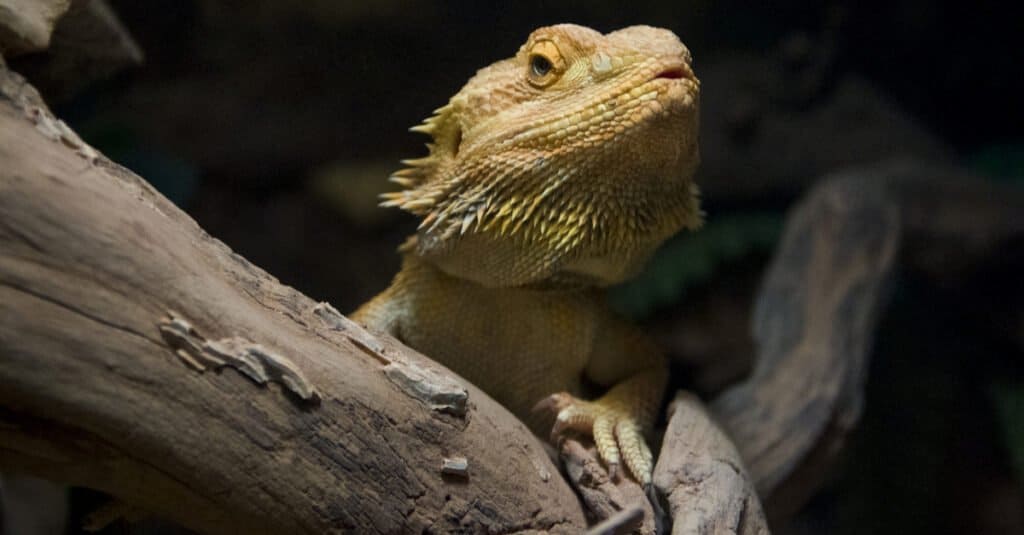
Although bearded dragons are venomous, their venom has no harmful effects on humans.
©Zhitkov Boris/Shutterstock.com
4. Bearded Dragons Are Naturally Averse to Fireflies and Avocados
Bearded dragons cannot have fireflies for food because fireflies have toxins known as lucibufagins, which can affect their hearts to a lethal degree. This means they could actually die from eating as little as one firefly.
As for avocados, they have excess oxalic acids which after consumption could make bearded dragons become very ill and possibly die. The avocados also have a high concentration of fat which may cause obesity in bearded dragons and shorten their lifespan especially if they are in captivity.
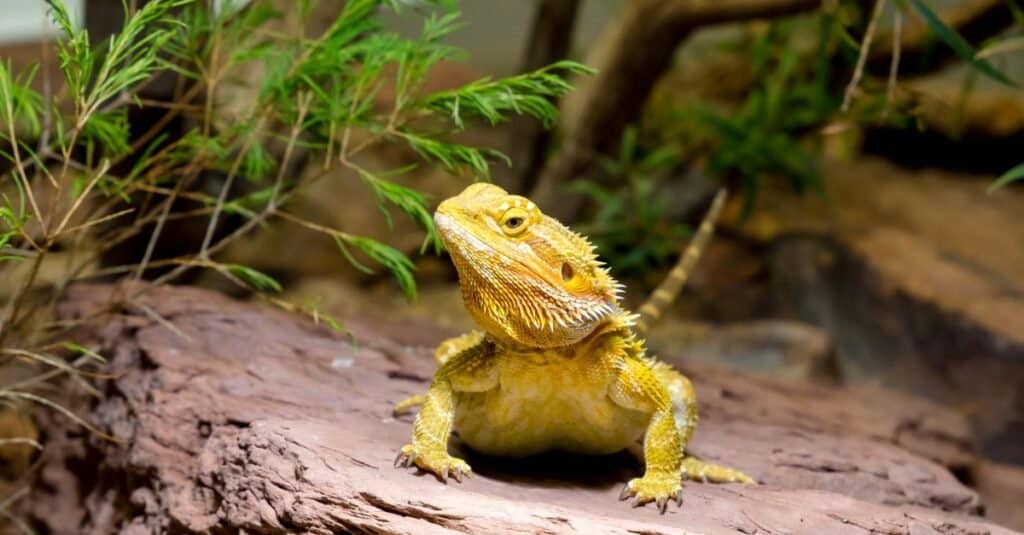
Bearded dragons could die from eating a firefly due to the toxins contained in the insect.
©iStock.com/Paul Oborowski
5. Bearded Dragons’ Urine Is Not Liquid
Yet another reason why bearded dragons are considered near-perfect pets is they do not urinate liquid — so there is no chance they would pee on you while you are playing with them. Their urine comes out as a powdery substance, known as the uric acid, alongside other waste.
Scientists say they do not urinate liquid because they are originally from deserts and their body conserves every drop of liquid. That makes sense, right?
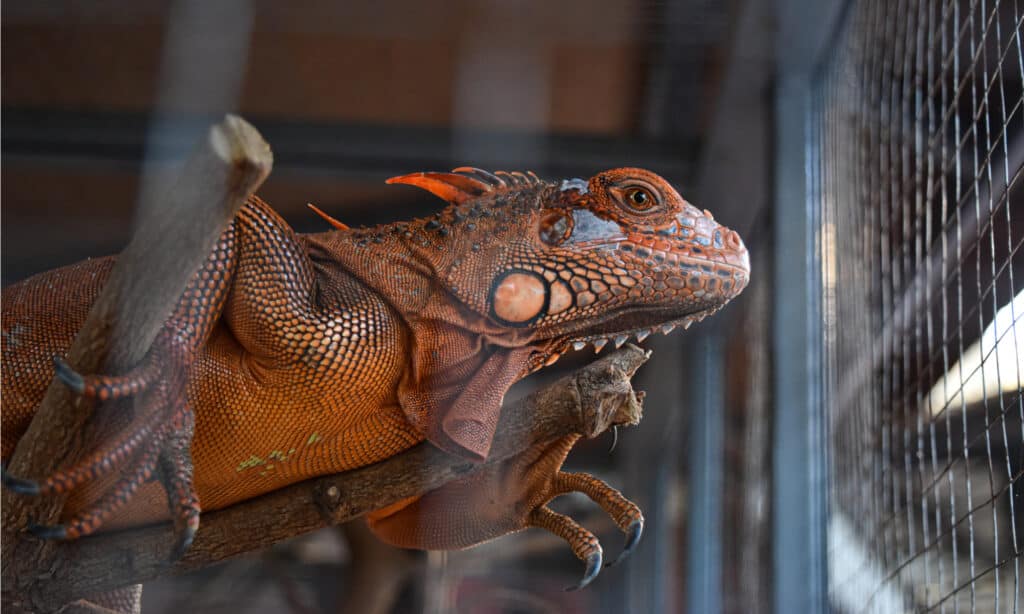
One advantage of keeping a bearded dragon as a pet is that its urine is not in liquid form.
©Built_Katbandit/Shutterstock.com
6. Bearded Dragons Can Change Gender If Incubation Temperature Is Increased
During incubation, the sex of bearded dragons can change. So, when the temperature becomes extremely high, the eggs will morph into females. But if it’s low, then the eggs would most likely be male. Besides the sex change, warm temperatures can also negatively impact the bearded dragon’s learning ability by slowing it down. Pet owners and prospective owners should take note.
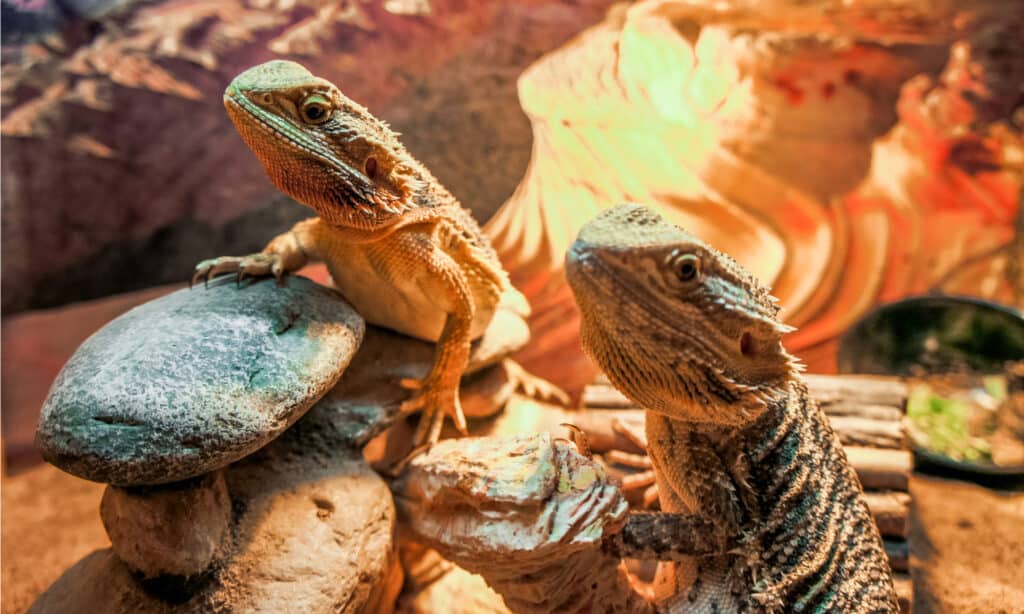
During incubation, if temperatures are extremely high, bearded dragon eggs will morph into females.
©Steve Buchus/Shutterstock.com
7. Bearded Dragons Can Give Birth Twice From Mating Once
Female bearded dragons can save sperm material from a male during a mating session to give birth again. This means the females can lay up to two clutches of eggs from one mating session. Bear in mind that one clutch can feature between 15 and 30 eggs. That way, they can increase the number of offspring from a single mating session. We have to admit, that’s pretty cool.
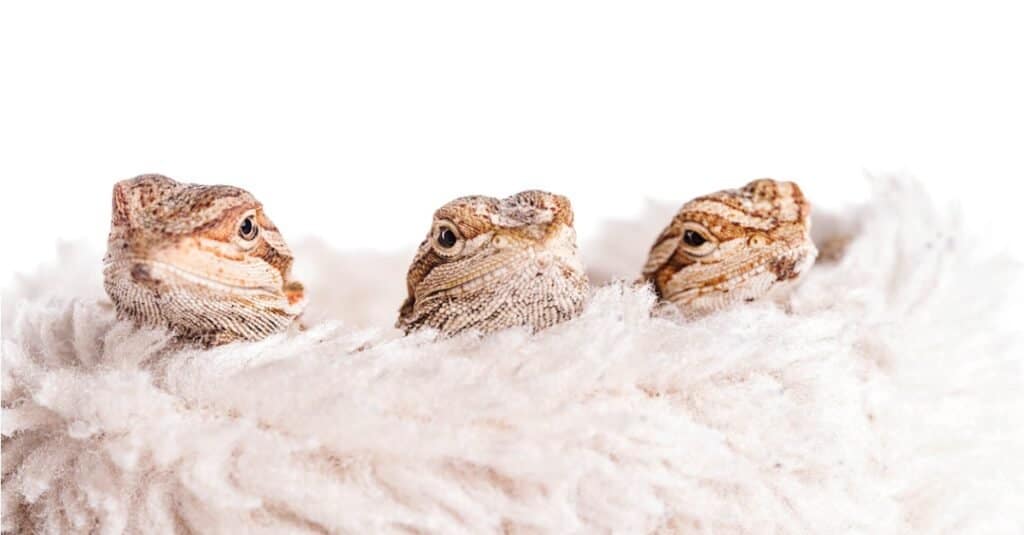
Females can lay up to two clutches of eggs (each 15-30 eggs) from one mating session.
©iStock.com/Kaan Sezer
8. Bearded Dragons Can Change Their Skin Color
When you hear about an animal changing their skin color, you immediately think of the chameleon. While that’s right, bearded dragons can also change their skin color. Their color change is not as sophisticated or effortless as the chameleons and they often change to a darker skin tone to absorb some more heat. In the same vein, when it becomes too hot, they’d make their skin lighter.
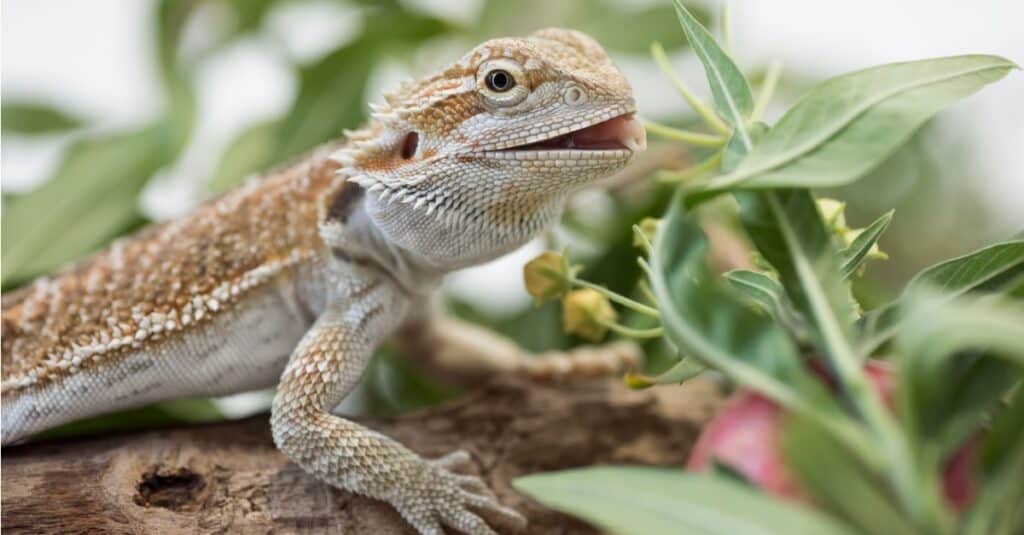
Bearded dragons are able to change their skin color to be lighter when temperatures rise.
©iStock.com/JeannetteKatzir
9. Bearded Dragons Can Sleep While Standing
Bearded dragons have the rare “talent” of sleeping upright thanks to their natural ability to lock their hind legs and hold themselves upright. They often do this when they have to sleep between rocks, in which case, they would just lock their hind legs, lean against something and sleep away.
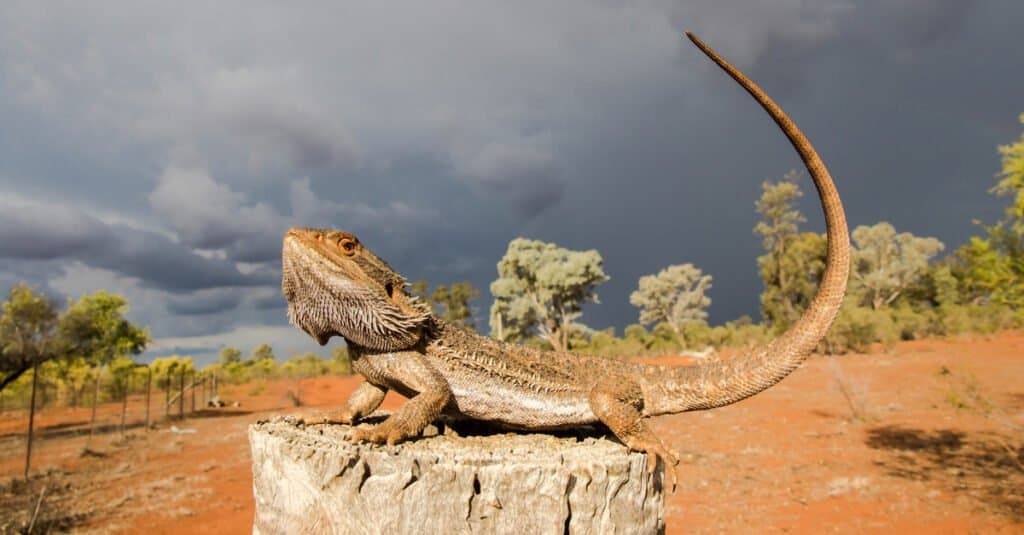
Bearded dragons have the ability to lock their hind legs and hold themselves upright.
©Ken Griffiths/Shutterstock.com
10. Bearded Dragons Wave to Acknowledge Each Other
Much like humans, bearded dragons also wave to each other as a sign of acknowledgment. A male bearded dragon would wave to a superior male as a way of pledging submission and the dominant male would bob its head as an assertion of its superiority.
Females would also wave their arms to show that they are down for a mating session and the males would bob their heads in response.
They also wave at human beings not to greet per se, but as some form of acknowledgment of human superiority. Bearded dragons are very modest and they know their place, so they often wave to demonstrate this.
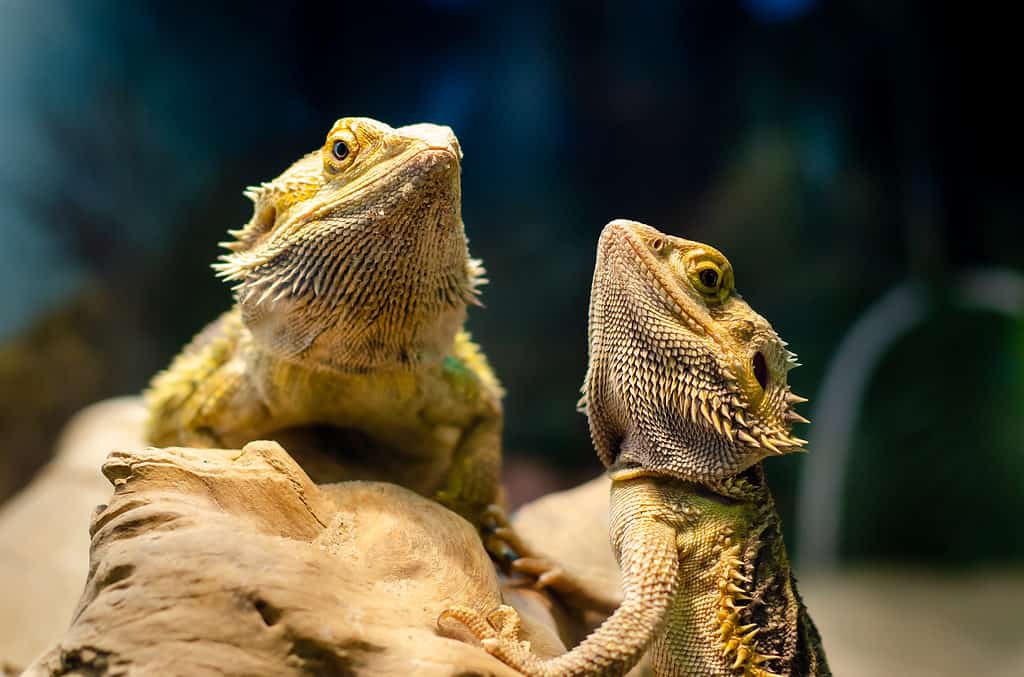
Bearded dragons acknowledge each other and humans by waving.
©Lutsenko_Oleksandr/Shutterstock.com
Bonus Bearded Dragon Facts
- Bearded dragons can spend up to 12 hours just basking in the sun sunbathing.
- Bearded dragons can live between 8 and 14 years as pets and their life expectancy is shorter in the wild thanks to predators.
- They can run as fast as 9 miles per hour.
- Bearded dragons love swimming and would regularly blow air onto themselves to gain some buoyancy.
- They can regrow lost or missing teeth.
The photo featured at the top of this post is © iStock.com/huettenhoelscher
Thank you for reading! Have some feedback for us? Contact the AZ Animals editorial team.



